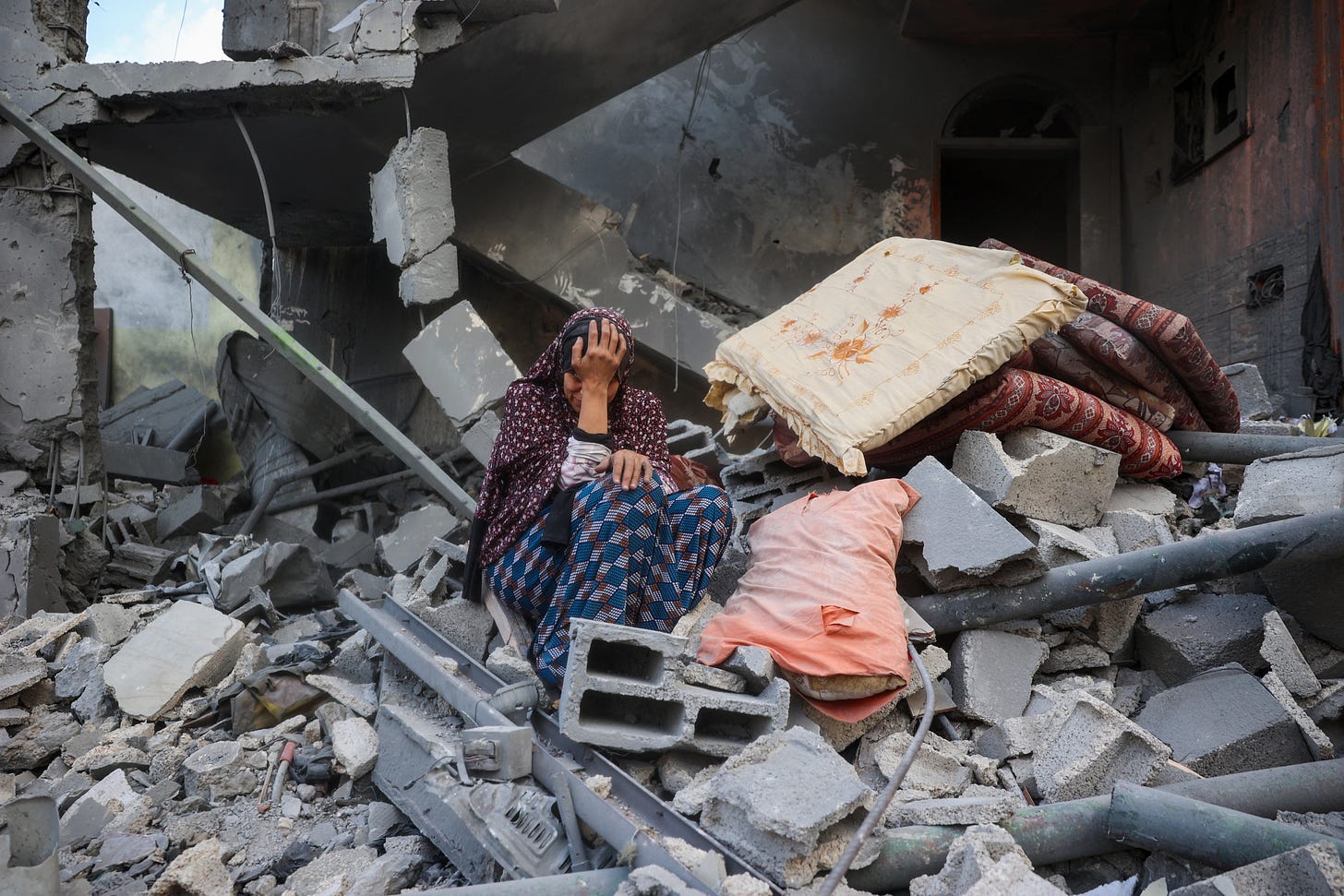The Lie of the Pause: Why We Are Trapped in a Loop of Violence?
When the bombs fell on November 22, it wasn’t a surprise. It was the inevitable exhale of a region holding its breath. Why our obsession with ‘ceasefires’ is blinding us to the reality of war.
Symptoms: The Fever Breaks, Then Returns
I want you to look closely at the timeline, because the dates tell a story that the headlines often miss. On October 10, the guns went silent. On November 17, the UN passed a piece of paper promising a new governance plan. And on November 22, the sky over Gaza tore open again. The official report says five senior Hamas leaders were killed. The hospital report says 24 people died, and 54 were wounded. The symptom here isn’t just the violence; it’s the predictability of it. It feels less like a war and more like a seasonal weather pattern. We are watching a patient who cycles through fever and chills, and we keep handing them a blanket when they need an antibiotic. The tragedy is not that the ceasefire failed, but that we deluded ourselves into thinking it was real in the first place.
Diagnosis: A Sedated War
We are suffering from a collective delusion about what ‘peace’ looks like. We have confused the absence of noise with the presence of order. The philosopher Simone Weil, writing on the nature of force, captured this dynamic perfectly:
Force is as pitiless to the man who possesses it, or thinks he does, as it is to its victims; the second it crushes, the first it intoxicates.
– Simone Weil, The Iliad or the Poem of Force
The diagnosis is that both sides, and the international observers watching them, are intoxicated by the rhythm of force. The ceasefire was never a peace treaty; it was a sedation. It was a way to numb the pain of the conflict without removing the shrapnel. We treat the periodic explosions of violence as ‘setbacks’ rather than the logical conclusion of a system built on mutual negation.
Prognosis: The Death of Hope
If we don’t change how we view this conflict, the prognosis is grim. We are moving toward a state where war is not an emergency, but a lifestyle. The danger is that we stop being horrified. When we read about 24 dead and view it as a ‘moderate’ escalation compared to previous months, we have lost our moral compass. As Albert Camus warned us about the logic of executioners:
Mistaken ideas always end in bloodshed, but in every case it is someone else’s blood. This is why some of our thinkers feel free to say just about anything.
– Albert Camus, The Rebel
The ‘mistaken idea’ here is that we can manage this conflict indefinitely. The result is that ‘someone else’s blood’—in this case, the civilians of Gaza—continues to pay for our diplomatic inertia.
Go Deeper
Step beyond the surface. Unlock The Third Citizen’s full library of deep guides and frameworks — now with 10% off the annual plan for new members.
Prescription: Breaking the Mirror
So, what do we do? We have to stop accepting the ‘pause’ as a solution. The prescription is to stop stabilizing the status quo. We need to demand more than the cessation of airstrikes; we need the cessation of the conditions that require them. This means refusing to accept ‘governance blueprints’ that don’t address the fundamental human rights and security needs of everyone on the ground. It means looking in the mirror and admitting that our current approach—funding the weapons and then funding the bandages—is a form of madness.




Violence is part of being human - we’re tribal animals